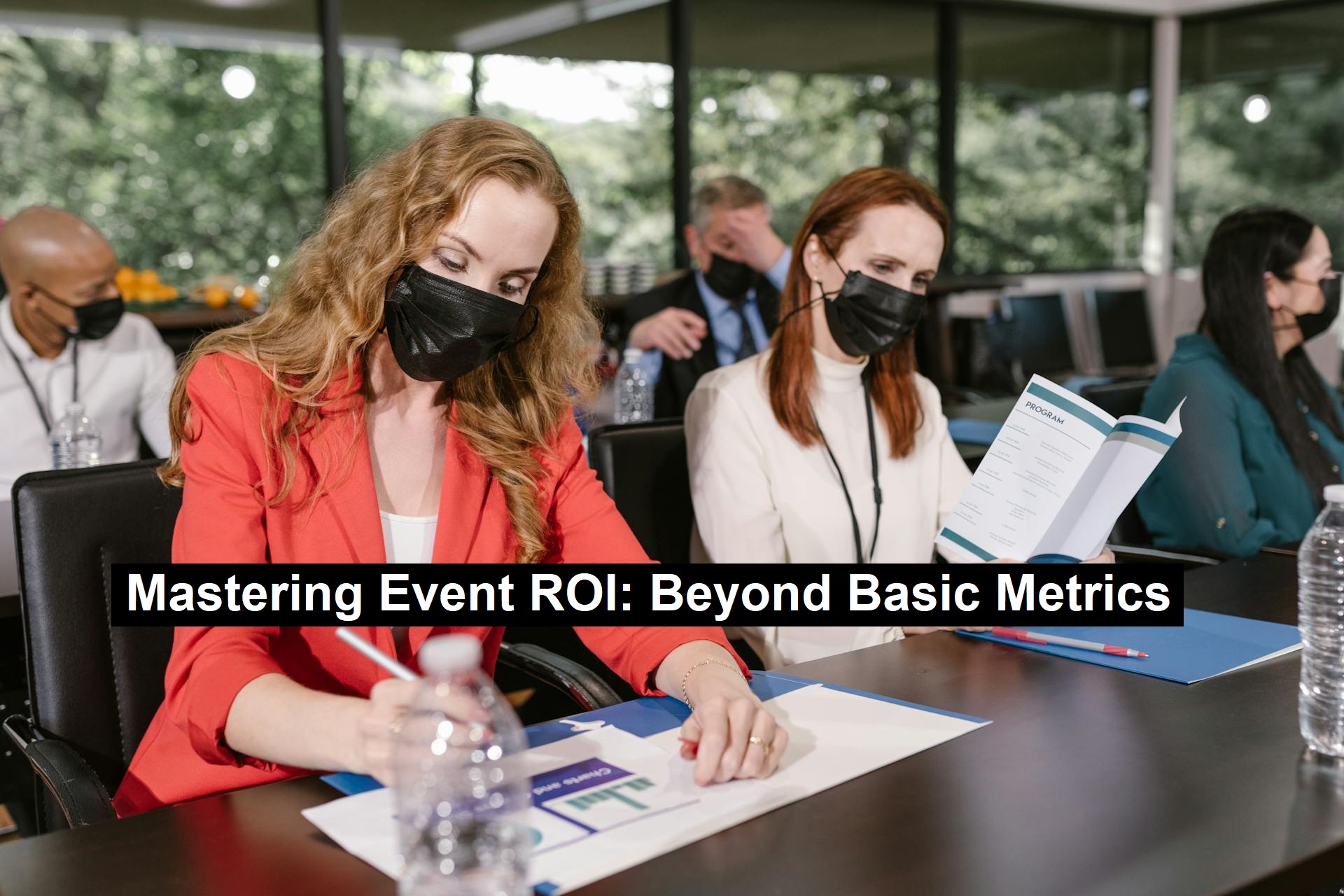Mastering Event ROI: Beyond Basic Metrics
Determining the true value of corporate events such as conferences and tradeshows extends far beyond simply counting heads at the door. In a dynamic market landscape, it’s crucial to utilize a range of comprehensive metrics to fully assess how well an event has met its objectives. This guide delves into key performance areas, including engagement levels, financial outcomes, and long-term effects, to help you gauge and enhance your event’s return on investment (ROI).
From the outset of event planning, the metrics you track can offer early insights into potential success. For example, monitoring your pre-event marketing reach through social media impressions, email open rates, and click-through rates can indicate initial interest levels. Registration data—encompassing attendee numbers, demographics, and personas—helps tailor the event to better align with your audience’s expectations.
During the event itself, shift your focus to real-time engagement metrics. Track participant involvement in sessions, interactions during Q&As, and engagement with interactive elements like polls and social media. Observing content consumption metrics, such as the number of downloads or views of live and recorded sessions, will provide immediate feedback on the event’s relevance and impact.
Post-event analysis is essential for uncovering true ROI. Collect feedback through surveys and measure satisfaction with tools like the Net Promoter Score® (NPS) to pinpoint strengths and areas for improvement. Review post-event engagement—such as on-demand content views and social media activity—to assess the event’s lasting influence.
Financial metrics are equally important. Compare revenue from ticket sales and sponsorships against the event’s total budget and cost per attendee to determine financial success. Effective budget management ensures that resources are utilized efficiently, maintaining the quality of the attendee experience.
Read: Strategizing for International Expansion
Networking achievements should not be overlooked. Record the number of meetings held and new connections made, such as business cards exchanged and LinkedIn connections established. These metrics reflect the effectiveness of your networking efforts and potential for future business relationships.
Events significantly contribute to brand visibility and reputation. Metrics like media coverage, new social media followers, and positive testimonials can enhance brand perception and foster trust. Long-term benefits should also be evaluated by tracking qualified leads, conversion rates, repeat attendance, and customer lifetime value, providing a holistic view of the event’s success.
To optimize event management and evaluation, leveraging advanced technology and data analysis tools is crucial. Unified event marketing platforms simplify data collection and analysis, integrating seamlessly with your marketing and sales systems. Regularly reviewing and presenting this data to stakeholders can highlight the value of your events and support future endeavors.
Event ROI: Measuring Success Beyond Attendance Numbers was created by RainFocus
Explore our detailed resources for further insights into measuring and maximizing event ROI.
